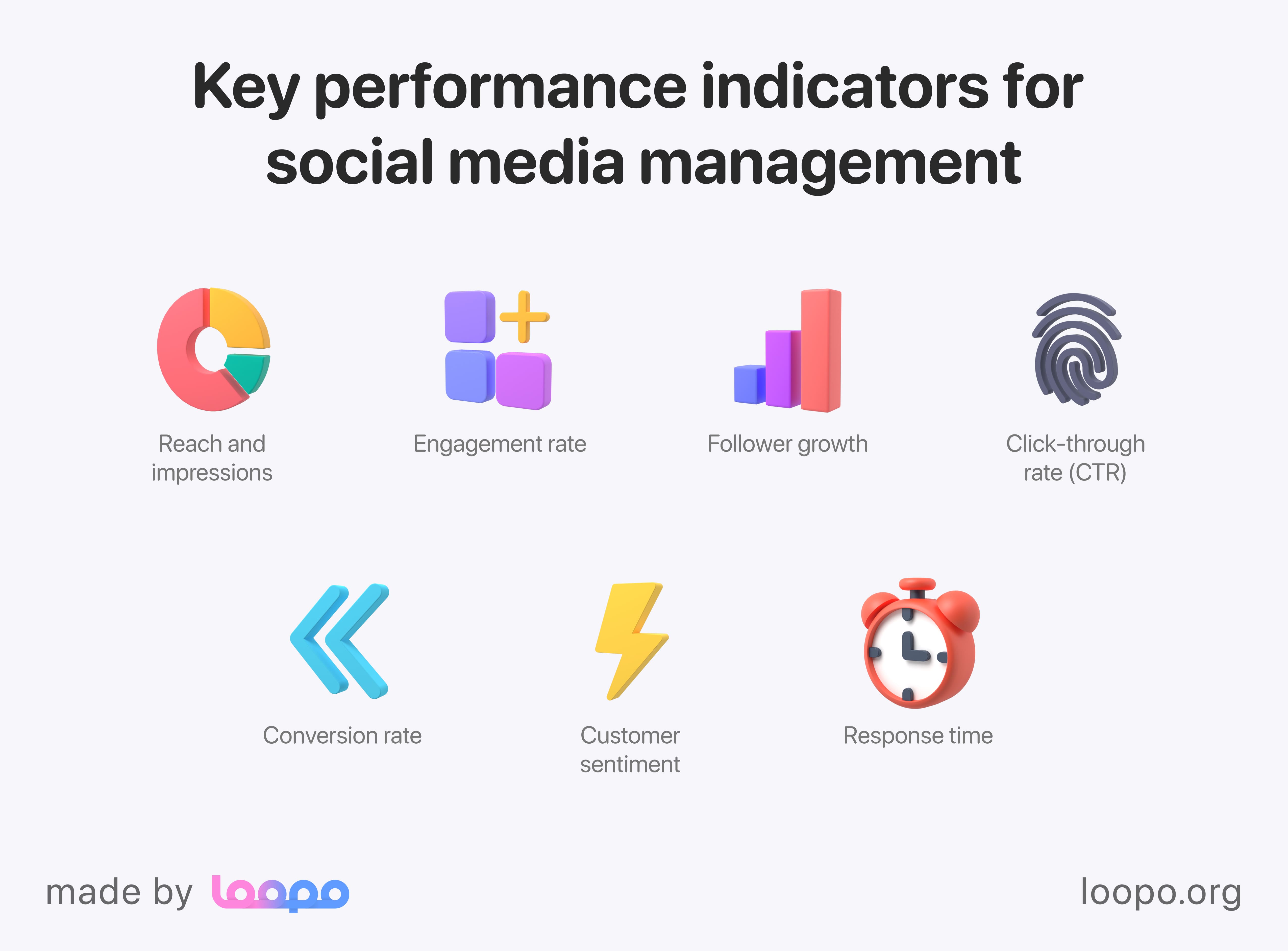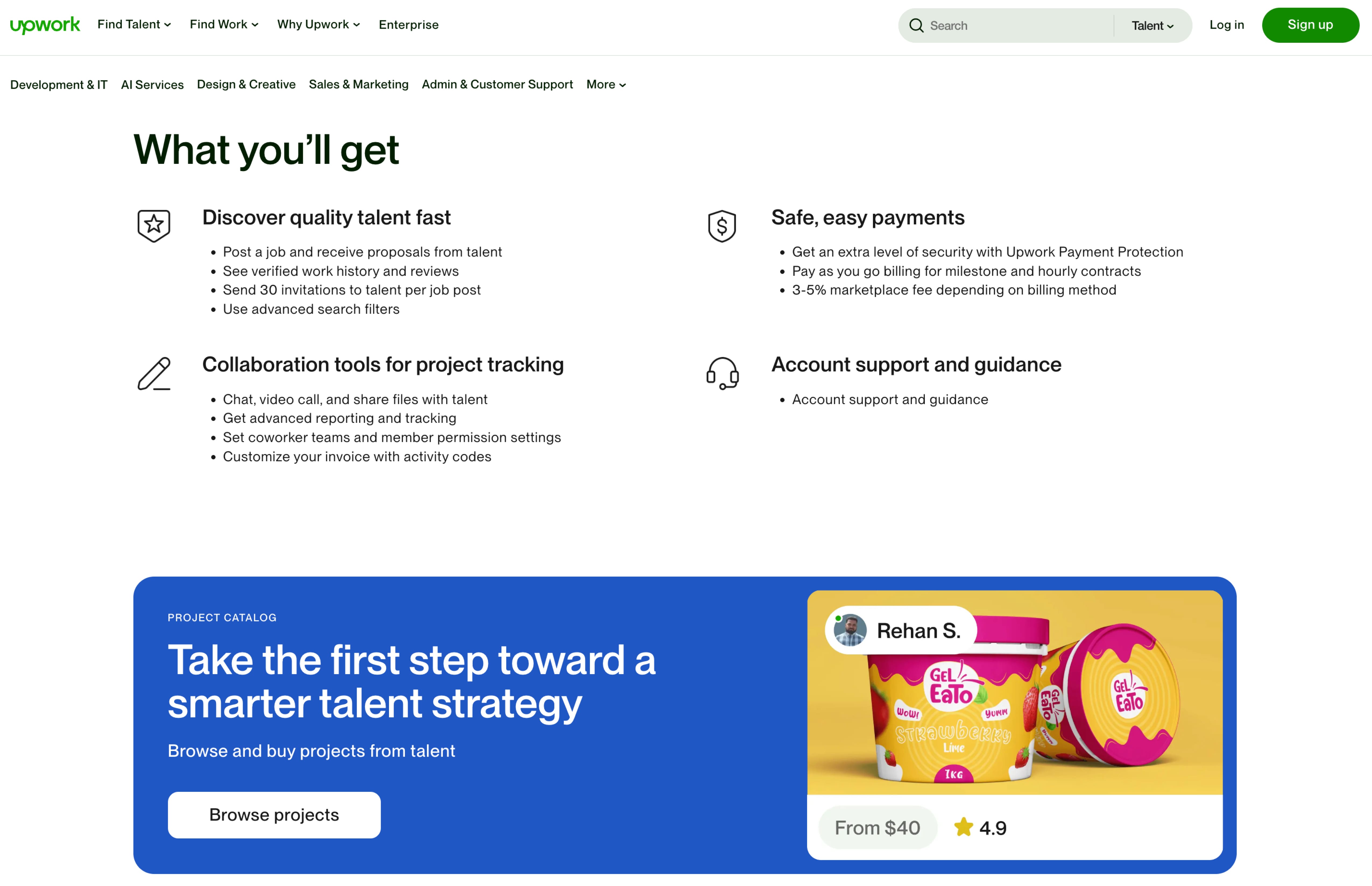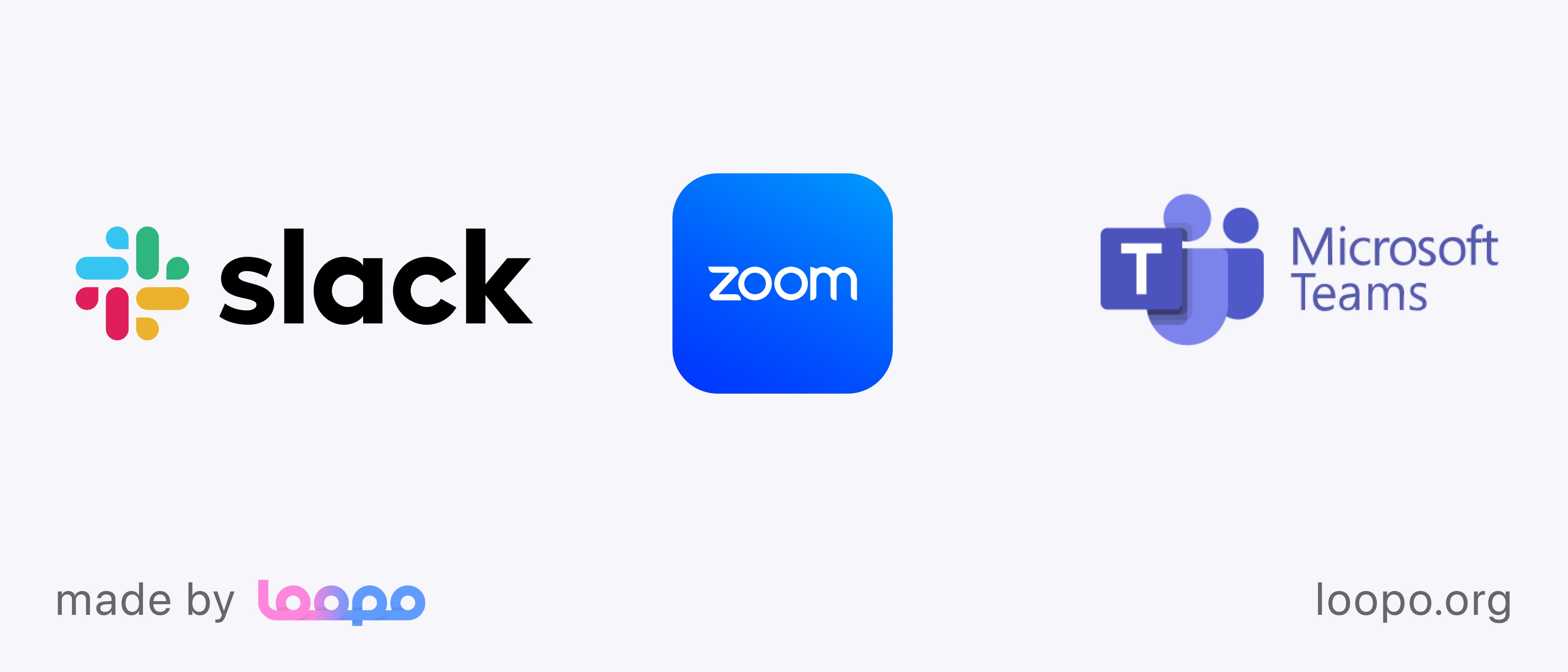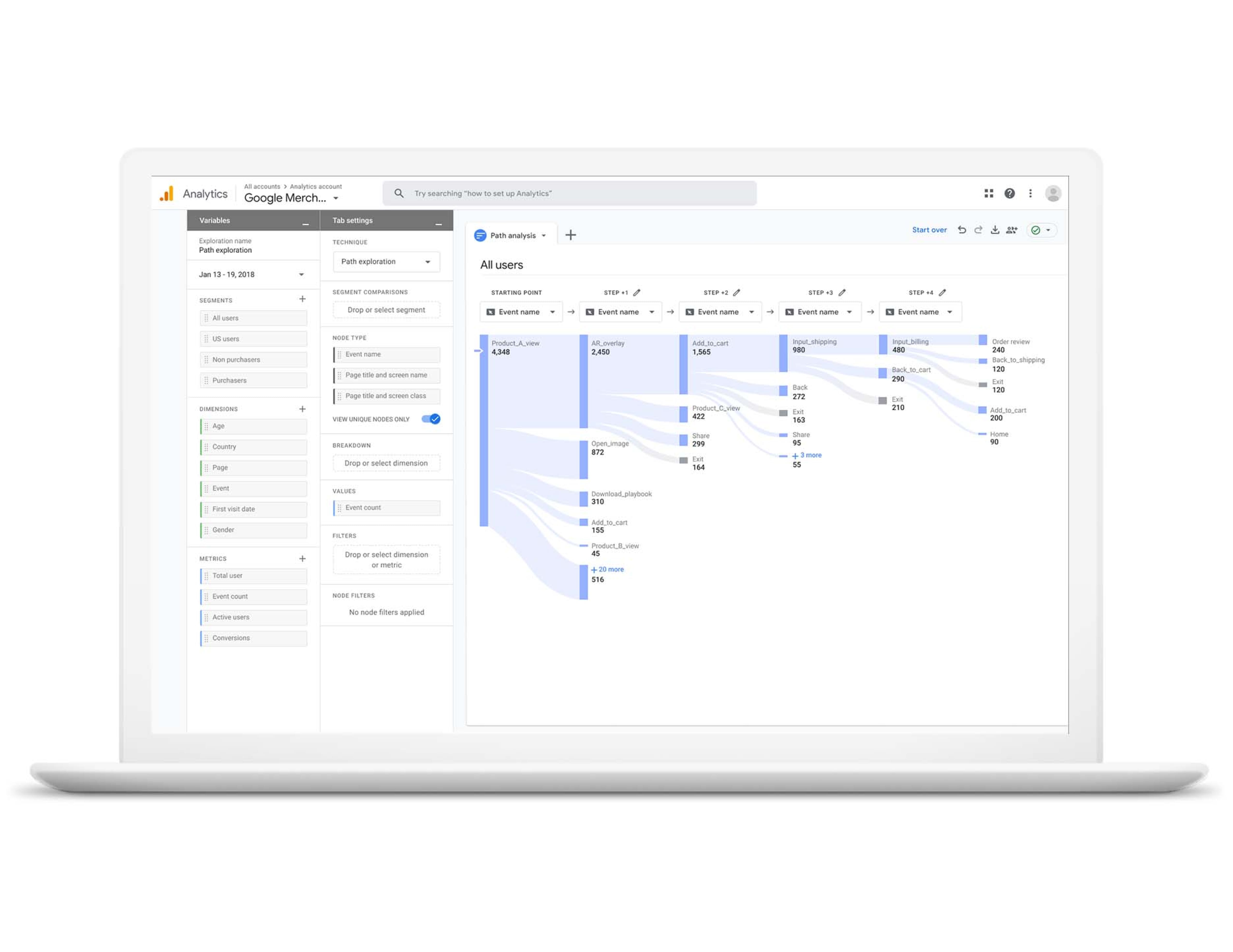How to Effectively Outsource Your Social Media Marketing

Nowadays, resources are often limited due to various reasons. Human resources is no exception, and outsourcing steps into the game. In your marketing agency, various aspects can be outsourced if you’re looking for cost-efficiency, and resource-saving.
So, in this piece, we’ll look into social media marketing in particular, outlining ways to effectively outsource it.
Step 1: Identify your goals and objectives
Before you begin outsourcing your social media marketing, it’s crucial to have a clear understanding of what you aim to achieve.
What are your marketing goals?
Start by clearly outlining what you need to accomplish. These goals aren’t just desires; they should be specific, relevant, and measurable. For instance, you may want to:
Aim to reach a larger audience and make more people aware of your brand;
Use social media to attract potential customers who are interested in your products or services;
Drive website traffic by encouraging social media followers to visit it;
Utilize social media as a platform for addressing customer inquiries and providing support;
Directly drive sales through targeted social media campaigns and promotions.
Determine key performance indicators (KPIs)
Based on your goals, come up with the KPIs you’re aiming to achieve. For instance, the following KPIs might be what you need:

Reach and impressions. Analyze how many followers regularly watch your content and how they engage with it.
Engagement rate. To calculate it, analyze all social media interactions, including clicks, likes and comments.
Follower growth. This one goes without saying, as you just need to track the rates at which your audience and the number of followers grow.
Click-through rate (CTR). See how many people click on a link in your post.
Conversion rate. Track the percentage of social media interactions that result in a desired action, such as filling out a form or making a purchase.
Customer sentiment. Analyze the tone and sentiment of comments and mentions to gauge public perception of your brand.
Response time. Measure how quickly you respond to customer inquiries and comments on social media.
Step 2: Analyze your social media presence
Before you can effectively outsource your social media marketing, consider what you already have, i.e., your social media presence. To assess it, you can do several things:
Conduct a social media audit
Basically, this audit is a thorough evaluation of all your social media profiles and performance. This process helps to see what strategies are successful, which ones need fine-tuning, and what else you may need to implement.
If you’re looking to dive deeper, we have an article just about that! Feel free to read about social media's role in reputation management in detail.
Learn about competitors
Studying them can reveal tons of helpful information for you to leverage and improve your own offering. For starters, select a few competitors in your industry or niche that have a strong social media presence. In short, you want to learn everything about them, examine their profiles, content strategy, branding, and how they approach their users.
Besides, learn what content they prefer to publish and how it makes them popular. For instance, they may focus on promotional content that boosts sales, or educational that increases conversions. Pay attention to their tone of voice, format, and design.
Identify what you can improve
After conducting a social media audit and analyzing your competitors, the puzzle is almost complete. Next, you need to pinpoint aspects in which you can excel. For instance, decide on the type of content you want to focus on. If your niche lacks video content, detailed infographics, focus, or user-generated content, try focusing primarily on them.
Additionally, see whether your content is tailored enough. It should feel natural to them, using the appropriate phrasing, imagery, and style.
Step 3: Determine your budget
Social media outsourcing requires a budget. Hence, determining limits you’re comfortable with is paramount. In short, a well-planned budget allows you to effectively manage resources, maximizing the return on your investment.
As mentioned, the first step in determining your budget is to understand the amount of funds you are able to spend on outsourcing social media services.
Figure your needs. To make outsourcing effective, see what tasks exactly you want to outsource (e.g., content creation, community management, advertising). Also, consider the level of expertise you need. Look into junior-level freelancers, experienced professionals, or specialized agencies.
Research market rates. Investigate the average costs for outsourcing social media marketing services in your industry and region. Besides, take into account different pricing models, like hourly or project-based rates.
Set an approximate budget. After you figure out your needs and know the market rates, it is time to set a budget that is comfortable for you. Moreover, account for any additional costs such as software tools, advertising spend, or additional resources required to support the outsourcing partner.
Compare costs and benefits
When calculating your budget, remember to weigh the potential benefits against the costs you spend. Investing in quality social media marketing outsourcing can yield significant returns, but it’s essential to ensure that the investment is justified.
Therefore, estimate the potential benefits of outsourcing social media management, like lead generation rates, sales, and others. Then, compare the cost of outsourcing with the potential returns while considering the value of your time and internal resources that will be saved by outsourcing social media.
Besides, do not forget about risks. They can be different, and you will need to consider various ways to mitigate them.
Step 4: Research and selection
Choosing the right people is the obvious key to success. Your future partner, be it a freelancer or an agency, should be perfectly aligned with your needs, bringing expertise, responsibility and even creativity.
Firstly, you will need to come up with a list of agencies or freelancers who could meet your needs. As usual, it is impossible without thorough research. Besides, seek recommendations, as professionals in your industry tend to know others. For instance, networking and various events can greatly help, too.
On the other hand, it is hard to imagine a better place to find outsource social media marketing specialists than freelance platforms like Freelancer, Upwork, or Fiverr. These freelance platforms provide everything you need to research specialists, as you can see their reviews, ratings, portfolios, previous works, and many other things.

Choosing the right specialists, however, is another challenge. Even after you find suitable experts to work with, you should analyze their experience and the level of specific skills. Here’s what you can do:
Review their background. Examine their past experience, including years of work, industry knowledge, and areas of specialization.
Analyze their skills. Ensure they have the skills required for your specific needs, such as content creation, community management, advertising, or analytics.
Review their portfolio. Examine their portfolio to see examples of past work, such as social media posts, campaigns, and graphics. It would be perfect to see the implementation of skills you need in their case studies and portfolios.
Read also: Content Marketing for Startups: Low-Budget Strategy To Scale
Step 5: Develop a detailed outsourcing plan
After the in-depth analysis and search covered previously, planning feels like a natural step you shouldn’t avoid. Apparently, it is a roadmap that provides clear guidelines for your outsourcing social media management. Let’s outline some details of this plan.
To begin, clearly define the specific tasks that you want to outsource. This will help you and your outsourcing partner understand the scope of work.
Identify core social media activities:
Content creation (e.g., writing posts, designing graphics, creating videos);
Content scheduling and publishing;
Community management (e.g., responding to comments and messages, engaging with followers);
Social media advertising (e.g., creating and managing ad campaigns);
Analytics and reporting (e.g., tracking performance metrics, analyzing data);
Social media strategy development (e.g., planning campaigns, setting goals);
Detail each task:
For each core activity, provide a detailed description of what is expected;
Include specifics such as content themes, types of posts, frequency of updates, and any special requirements;
Prioritize tasks:
Determine which tasks are most critical to achieving your goals and should receive the most attention;
Allocate resources accordingly to ensure high-priority tasks are completed effectively;
Once you know what you need, it is time to create a timeline and milestones. It helps keep the project intact and ensures that all tasks are timely done. This is especially important for managing larger projects and ongoing social media efforts. Here’s how you can create one yourself:
Develop a project timeline. Create a timeline that outlines all major tasks and activities. All tasks should be bound in a timeframe to cultivate a clear understanding of deadlines.
Set milestones. Identify key milestones in the project, such as the launch of a new campaign, the completion of a monthly report, or the achievement of a specific engagement goal.
Manage responsibilities. There should be a person responsible for each task and milestone to ensure accountability. Make sure your outsourcing partner understands their role and responsibilities in the project.
Meet regularly. Check-ins can greatly help you and your team to review progress, address any issues, and make necessary adjustments.
Monitor progress. With project management tools, you can easily get the status of all tasks. Hence, make sure to control them and regularly review the timeline and adjust as needed to adapt to potential changes.
Step 6: Establish clear communication channels
Communication is vital if you’re looking for at least a “normal” performance. Basically, people you work with aren’t involved in your business environment, apart from the outsourcing they provide, so staying with them on track is a must.
To establish this communication, the first and foremost thing you should do is set up regular meetings and updates. They provide a consistent flow of information, addressing any issues promptly and keeping all the team members on track. Besides, they are easy to set up. To make them effective, however, you should:
Determine the frequency. Come up with a suitable meeting schedule with your outsourcing partner. Ensure the frequency is sufficient to address ongoing tasks and any emerging issues.
Schedule meetings in advance. To ensure availability and commitment from all parties, advance planning is a must. Use calendar and planning tools to send invites and reminders.
Prepare an agenda. Create a detailed agenda for each meeting, outlining the topics to be discussed, such as progress updates, challenges, feedback, and upcoming tasks. Share the agenda with your outsourcing partner before the meeting to allow for preparation.
Document the outcomes. Take detailed notes during meetings to document decisions, action items, and any feedback. Share the meeting notes and follow ups in general chats, so that your team stays on track.
Collaboration tools are another thing you should definitely look into. Some of them facilitate communication, while others organize tasks and allow for brainstorming. Let’s talk examples.
First, select collaboration tools that suit your needs. For efficient communication, you can use Slack, Teams, or Zoom. Just make sure that both parties are comfortable using the chosen tools.

Next, think about which tools can help you with task management. For example, project management tools like Jira, Asana or Notion can greatly help you assign responsibilities, manage tasks, their priority and contents.
Lastly, find an all-in-one space to work with all your docs, resources, and formats. To store, manage and share important docs and resources, Google Drive is the best choice. Alternatively, you can give Dropbox a try.
Step 7: Onboarding and training
Regardless of how perfect your plan is, you cannot expect people to work ideally right away. For this reason, effective onboarding and training are essential. To ensure that your outsourcing partner can hit the ground running, you must equip them with comprehensive background information about your company and its social media strategy. From your end, provide them with:
Company overview. Provide a brief history of your company, including its mission, vision, and core values. Explain your business model, key products or services, and target market.
Social media strategy. Share your current social media strategy, with all its details about future goals and KPIs. Discuss past campaigns, what worked well, and any lessons learned.
Competitive landscape. Provide an overview of your main competitors and their social media presence. Highlight any industry trends or challenges that your outsourcing partner should be aware of.
Current metrics and analytics. Share current social media metrics and analytics to provide a baseline for performance. Explain any tools or platforms you use for tracking and analyzing social media data.
Being consistent in messaging and appearance across all social media channels should be one of your primary objectives. But, in the case of outsourcing, your partner should have a clear understanding of your brand guidelines and voice to deliver this consistency.
To avoid any issues and misunderstandings, develop a brand guidelines document. For starters, it covers how your logo and materials can be used, what color scheme, fonts and media are preferred.
Besides, explain the desired tone and voice of your brand. For example, is your brand professional, casual, humorous, or authoritative? Share key messages and value propositions that should be communicated across social media channels. Highlight any specific phrases, slogans, or hashtags that are central to your brand.
Another important thing to do is to come up with Dos and Don’ts in your content. Hence, to let your outsourcing team understand what you mean, provide guidelines on what types of content are appropriate and which should be avoided. Include examples of both effective and ineffective content to illustrate your points.
Step 8: Check the performance and provide feedback
Develop a habit of regularly analyzing the performance and keeping the outsourcing team updated. Regular tracking and constructive feedback helps maintain alignment, improve outcomes, and foster a productive relationship with your outsourcing partner.
For starters, track progress against the KPIs you defined earlier. This will help you determine whether your strategy is effective enough and what should be tuned.
In this matter, social media analytics tools can come in handy. For instance, Facebook and Instagram have their own embedded analytical features. The same goes for LinkedIn. If these aren’t enough, Google Analytics, Hootsuite, and Sprout Social can provide a detailed overview of your performance metrics.

To really see the progress, your analysis should be done systematically. Hence, establish a routine for tracking KPIs (e.g., daily, weekly, monthly). This way, you’ll be able to compare current performance to past data and industry benchmarks.
On a side note, consider outsourcing performance analysis as well. In this case, it should be clearly communicated with your partner. To make it effective:
Establish reporting frequency. Determine how often you will receive reports from your outsourcing partner (e.g., weekly, bi-weekly, monthly). Ensure the frequency is appropriate for tracking progress and making timely adjustments.
Set standards. Define the format and content of the reports, including key metrics, visualizations, and analysis. Ensure the reports include actionable insights and recommendations for improvement.
Analyze the data. Review the reports carefully, focusing on key metrics and any significant changes or trends. Look for patterns that indicate successful strategies or areas that need attention.
Share findings. Discuss the reports with your outsourcing partner during regular meetings. Highlight key findings, celebrate successes, and identify areas for improvement.
If you decide to outsource all social media marketing, remember to not only expect results but also return feedback. It is vital for continuous improvement and maintaining a positive working relationship. Feedback cannot always be ideal, yet the form it comes in, can.
Be specific. Provide clear, specific feedback on ideas, implementations, and results. Use examples from the reports to illustrate your points.
Focus on solutions. Offer suggestions and solutions for any issues or areas that need improvement. Encourage your outsourcing partner to propose their own ideas for addressing challenges.
Be timely. Provide feedback on time, to ensure it is relevant and actionable.
Encourage open communication. Foster an open and supportive environment where your outsourcing partner feels comfortable discussing their challenges and asking for guidance. Be open to their feedback as well, and be willing to make adjustments based on their insights.
Acknowledge achievements. Recognize and celebrate achievements and successes to motivate your outsourcing partner. Provide positive reinforcement to encourage continued high performance.
Conclusion
Outsourcing any part of your business can be challenging. Yet, a thorough plan, concise ideas and a strong understanding of your needs help mitigate tons of risks connected with uncertainty.
In the aftermath, it is all about planning. Remember to resort to it every single time you are planning to implement a new strategy, improve existing services, or come up with something completely different. Besides, it is applicable not only to social media marketing. In our blog, we regularly highlight various aspects of marketing, and perhaps, some of those articles may answer questions that have been bothering you for a long time.




